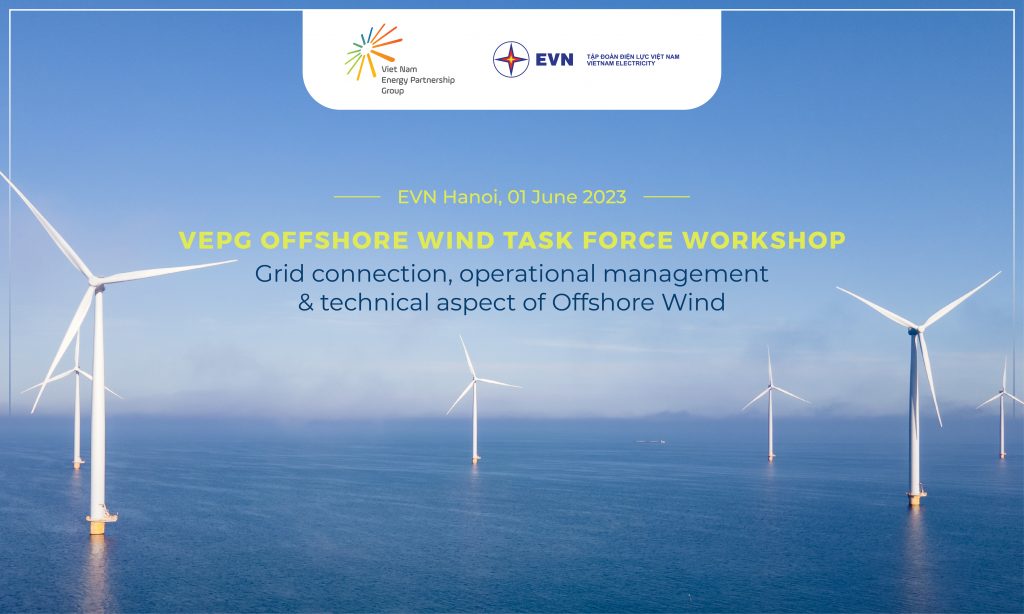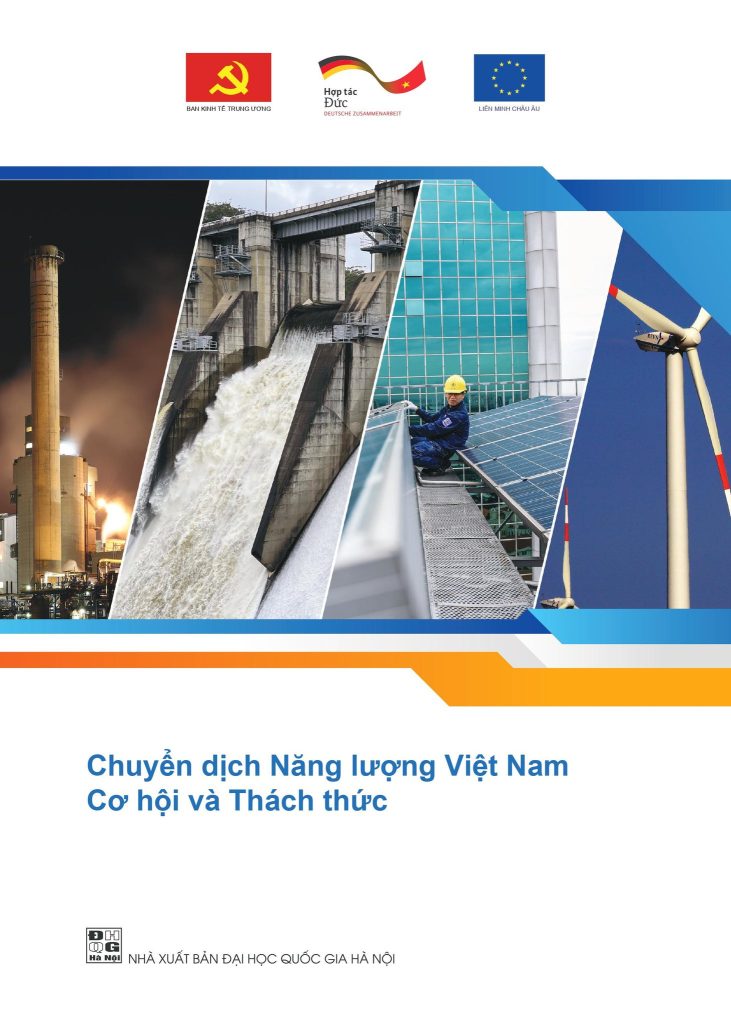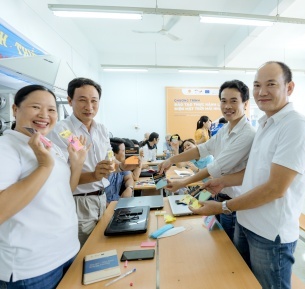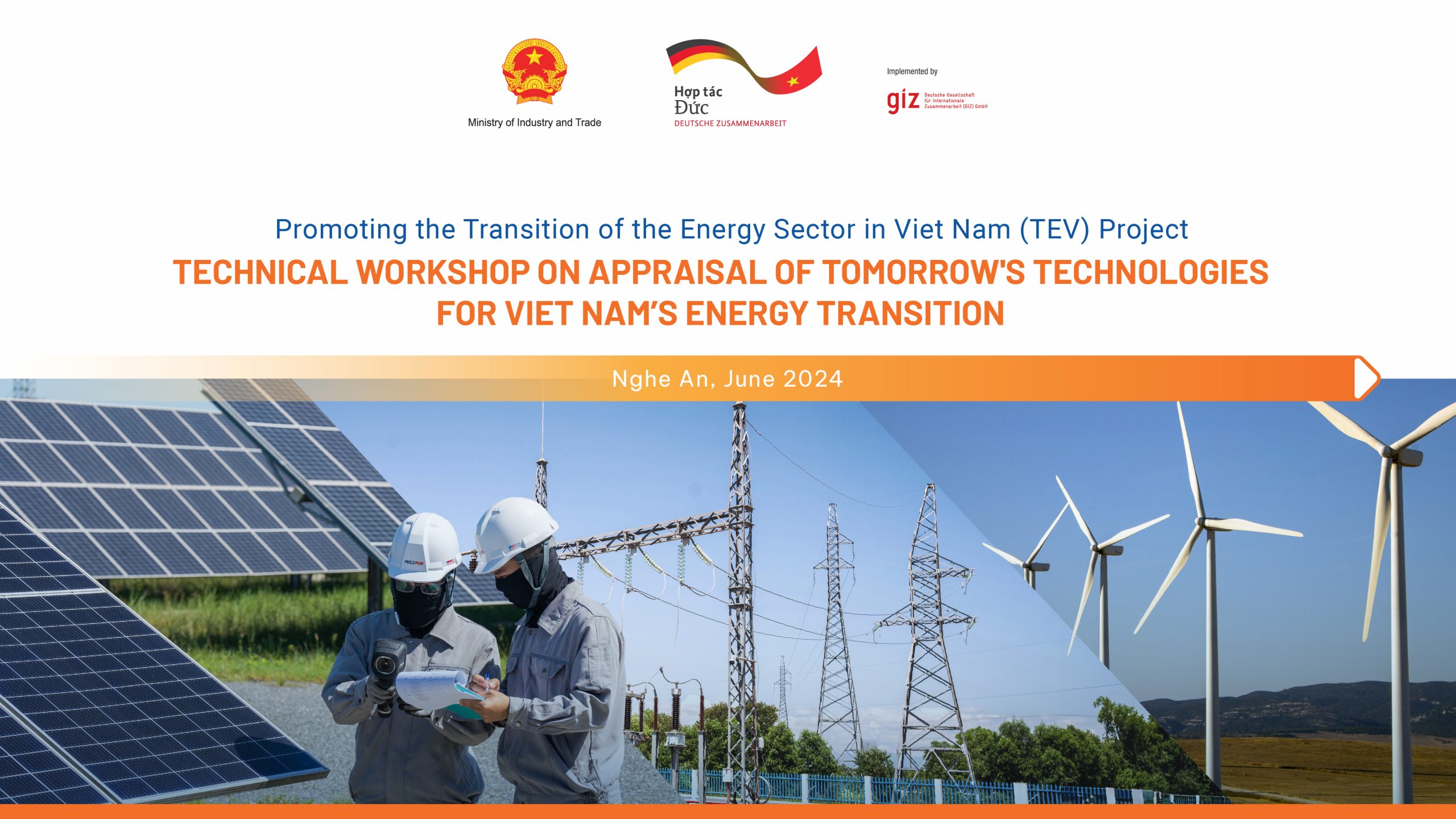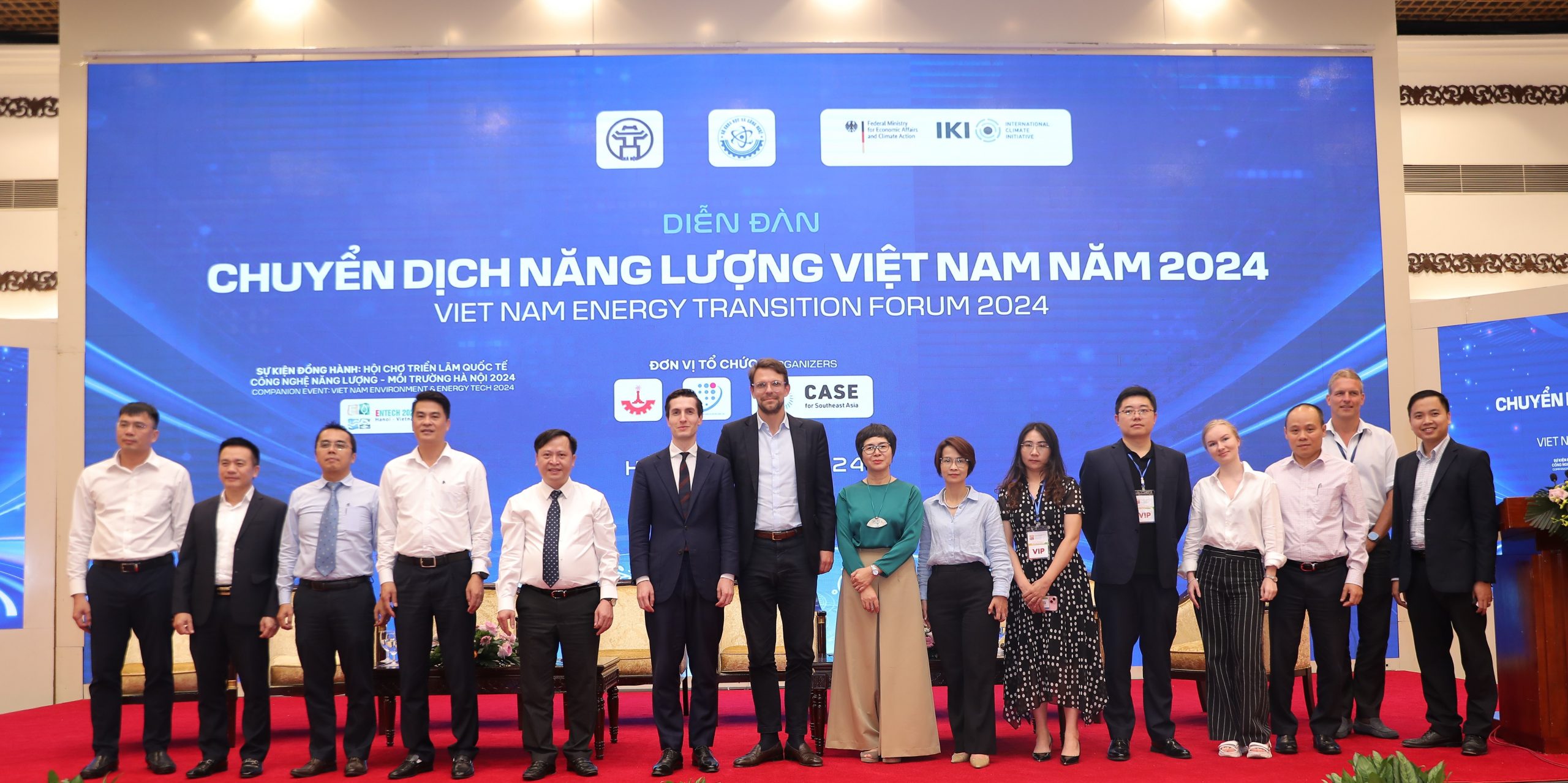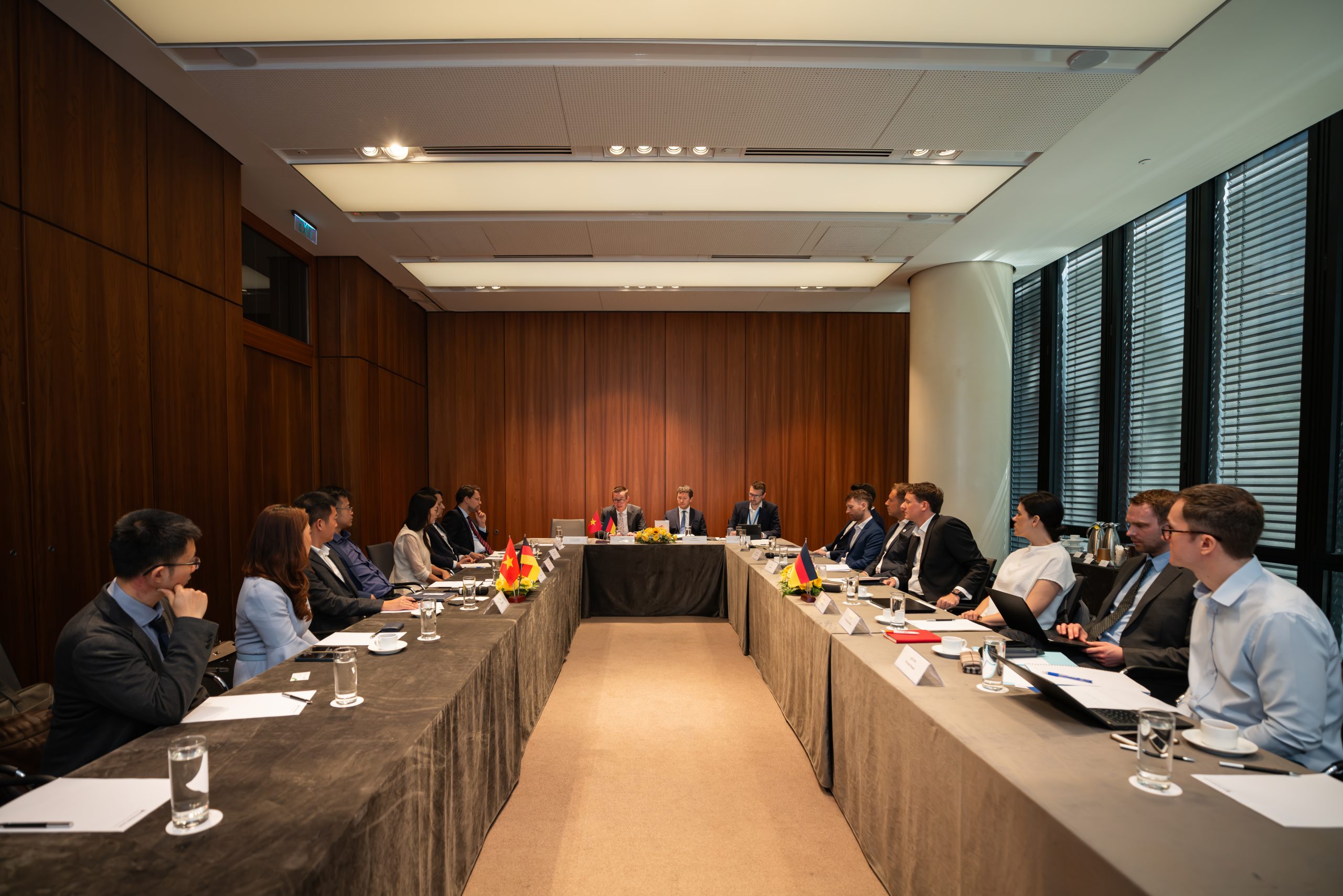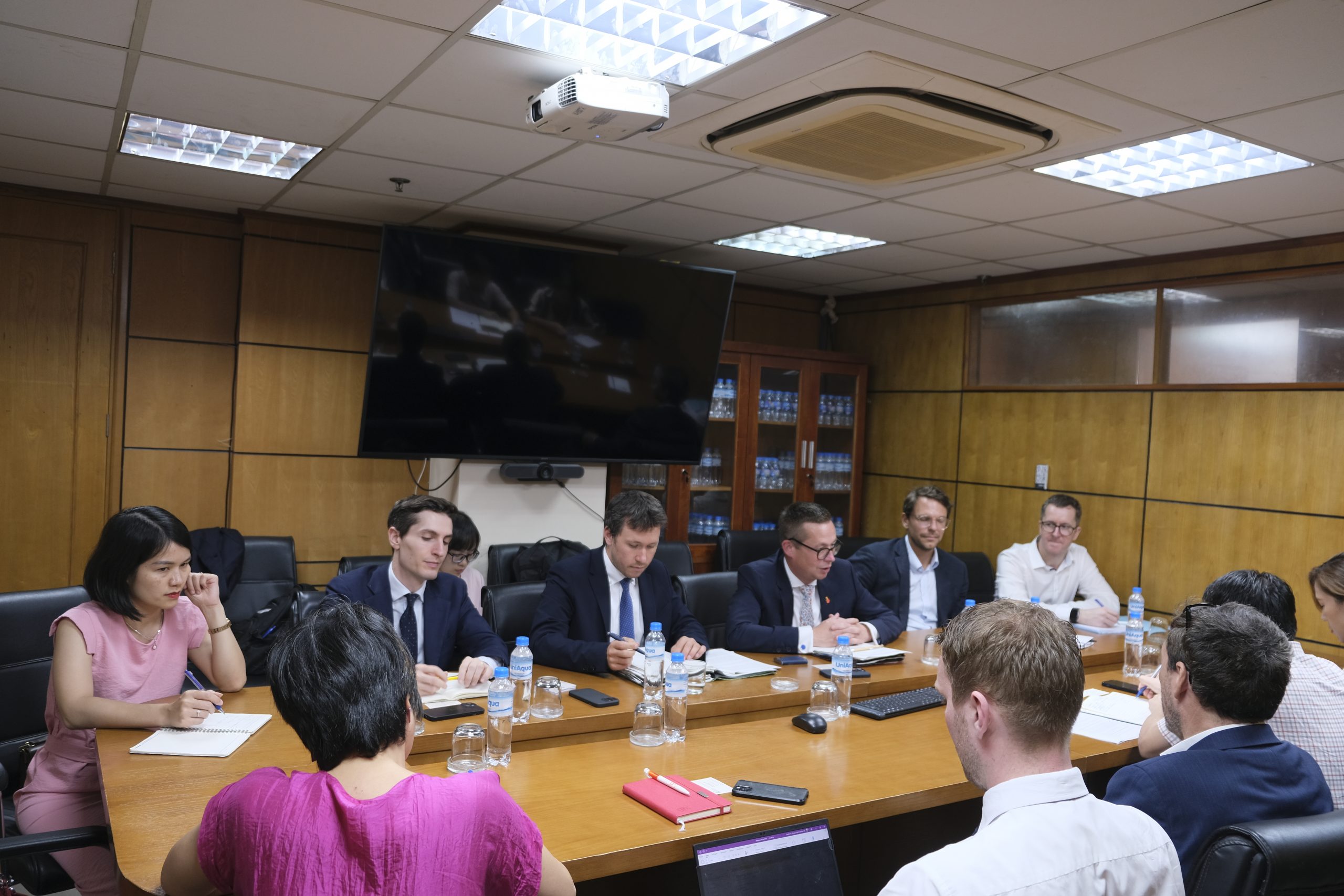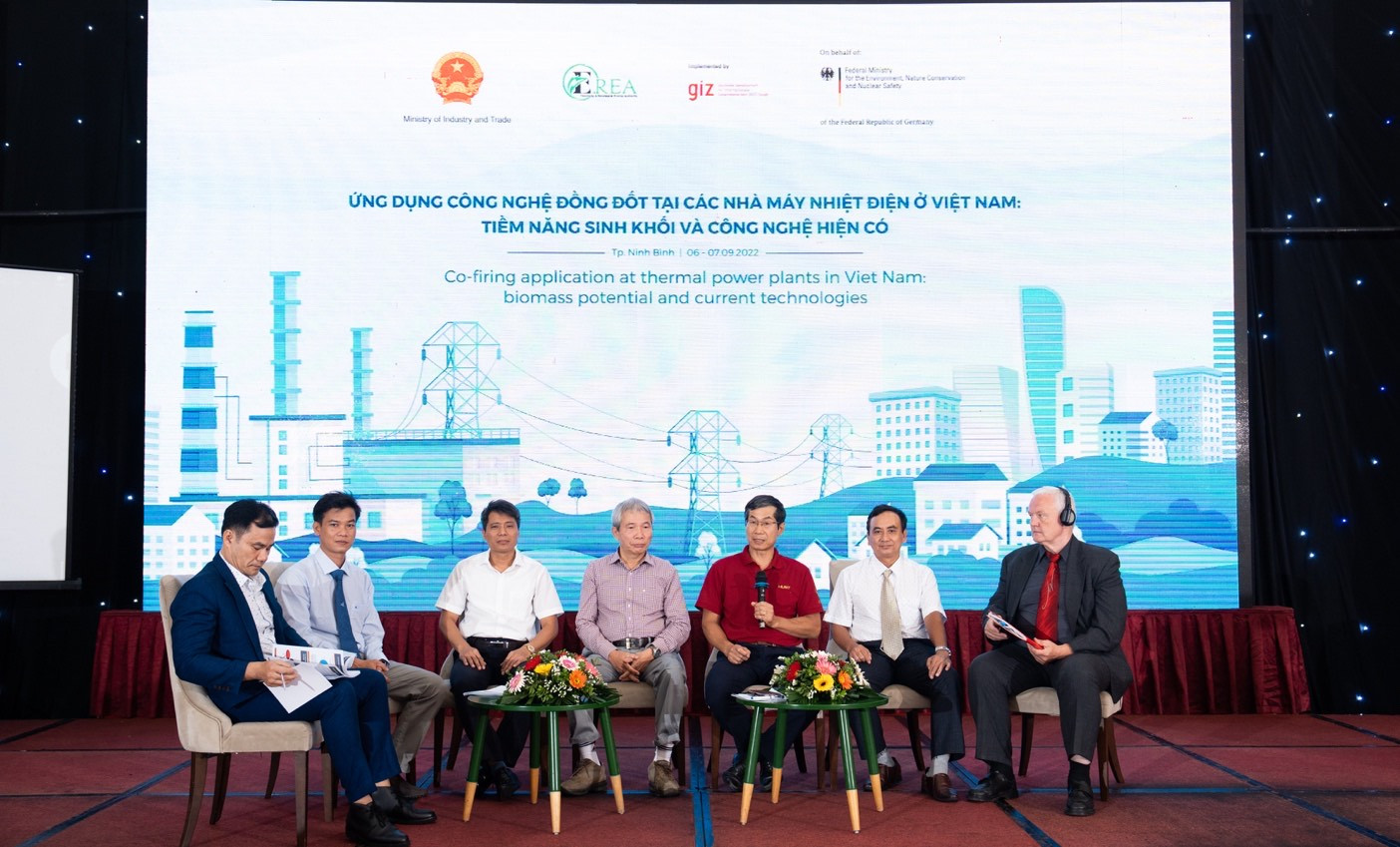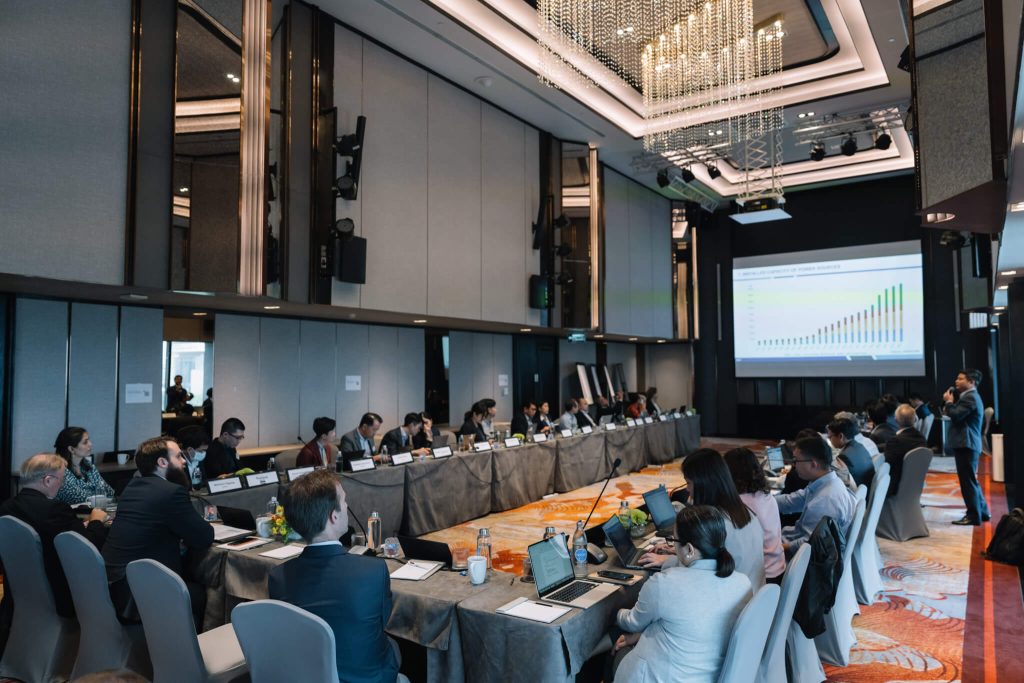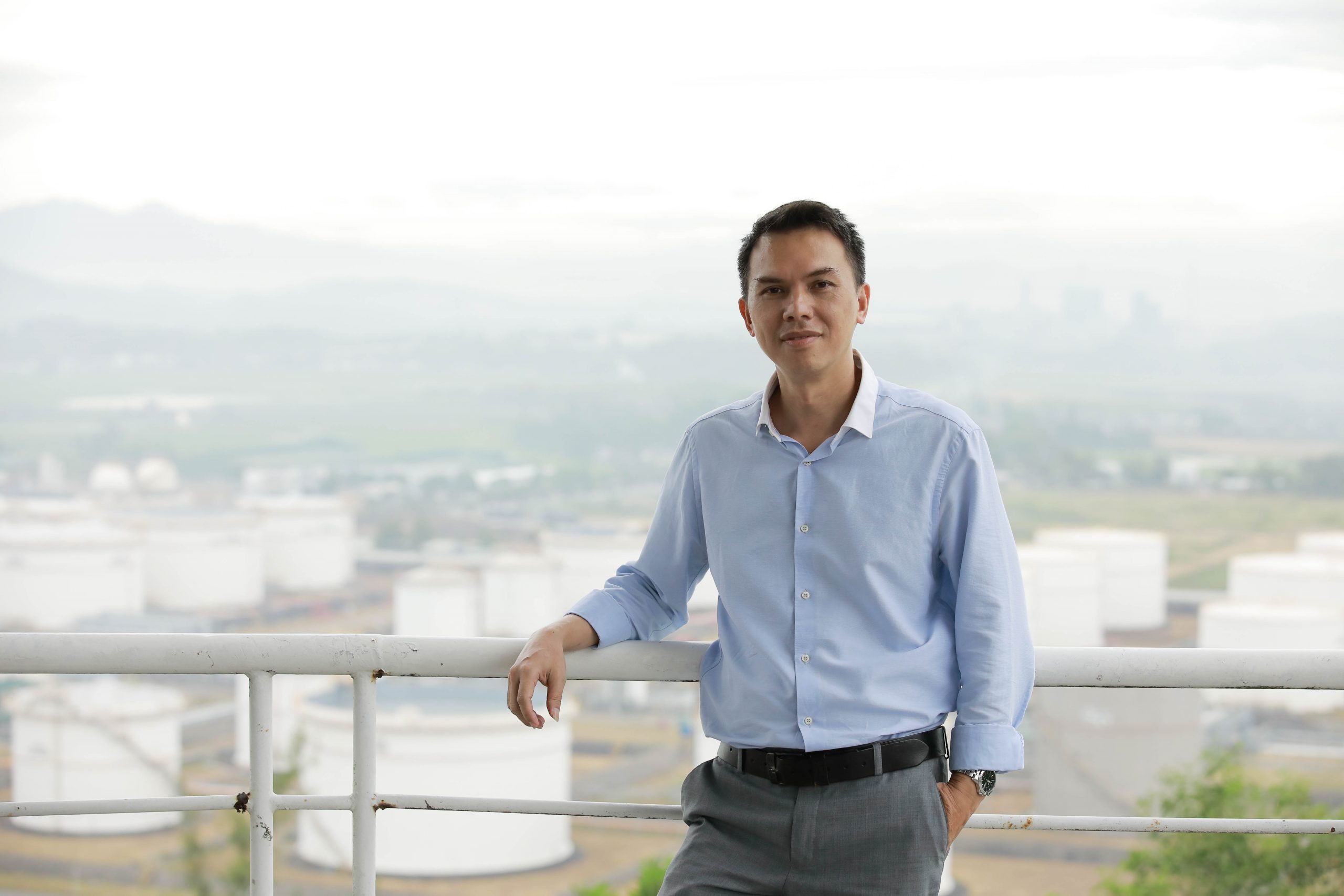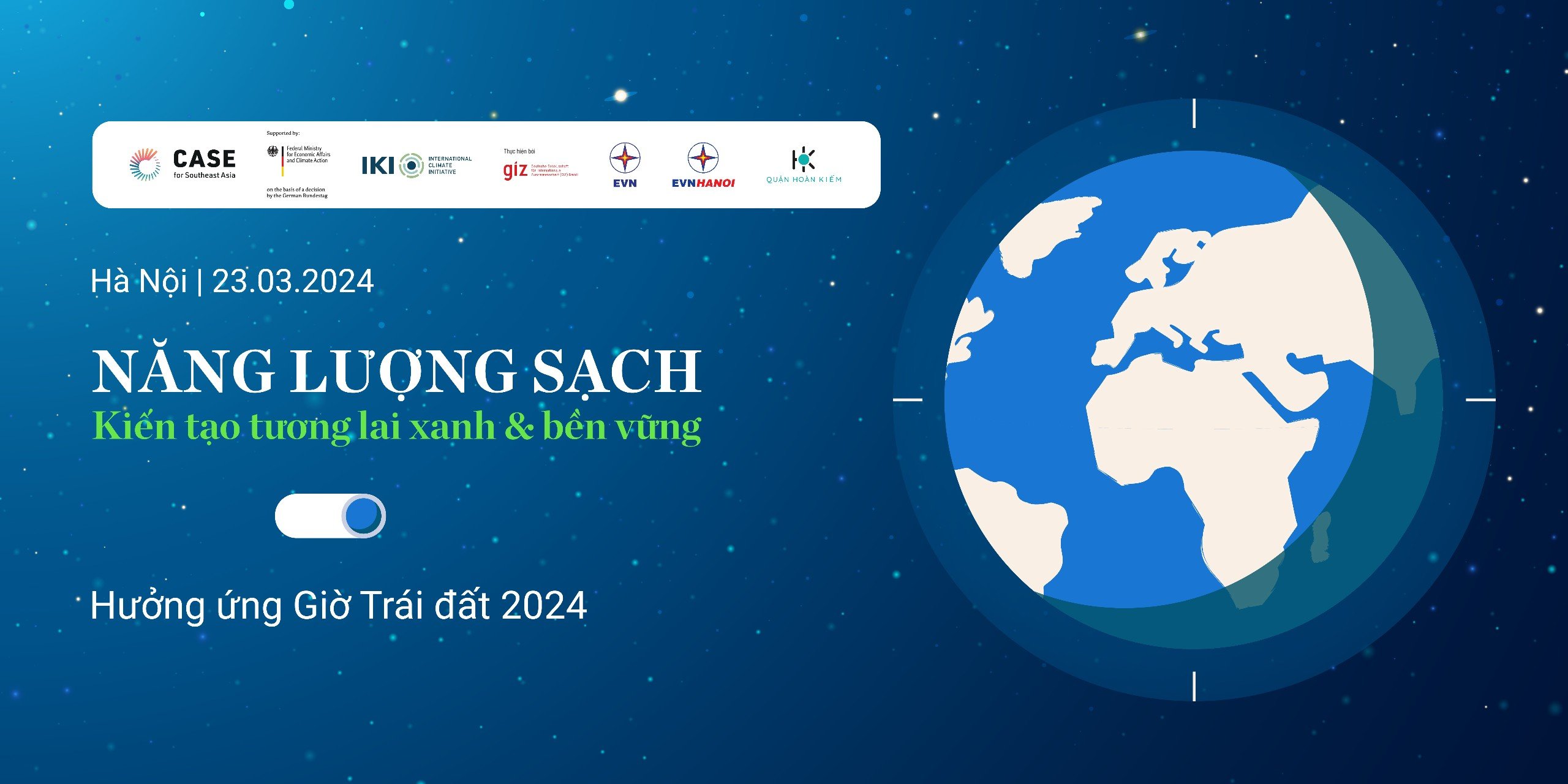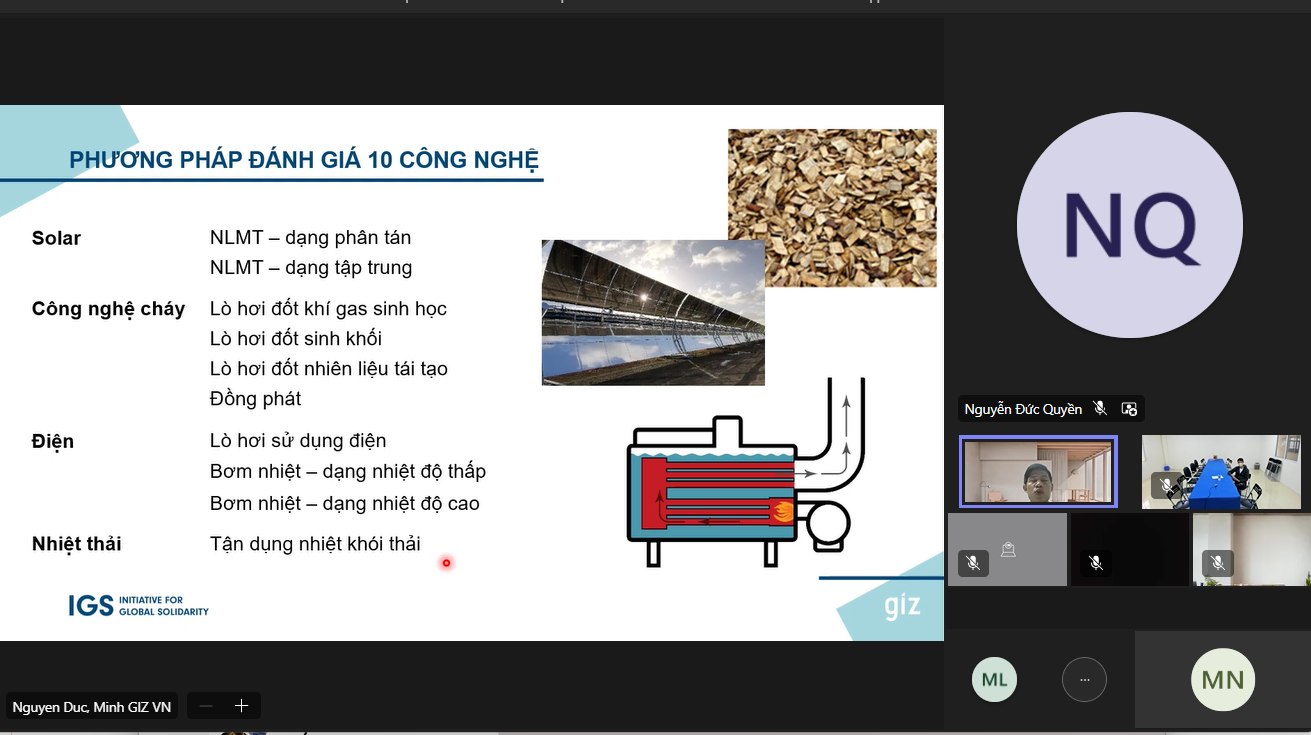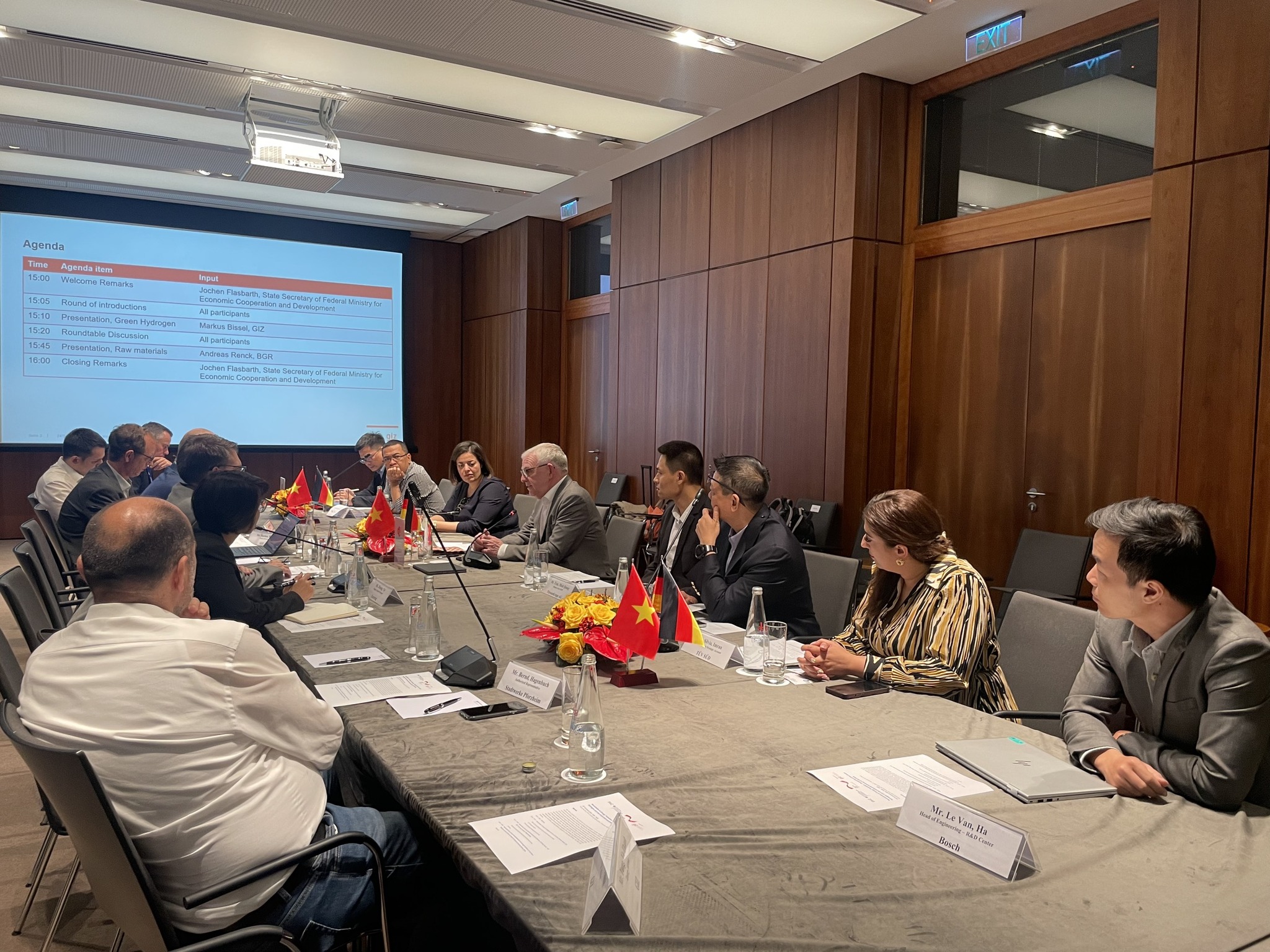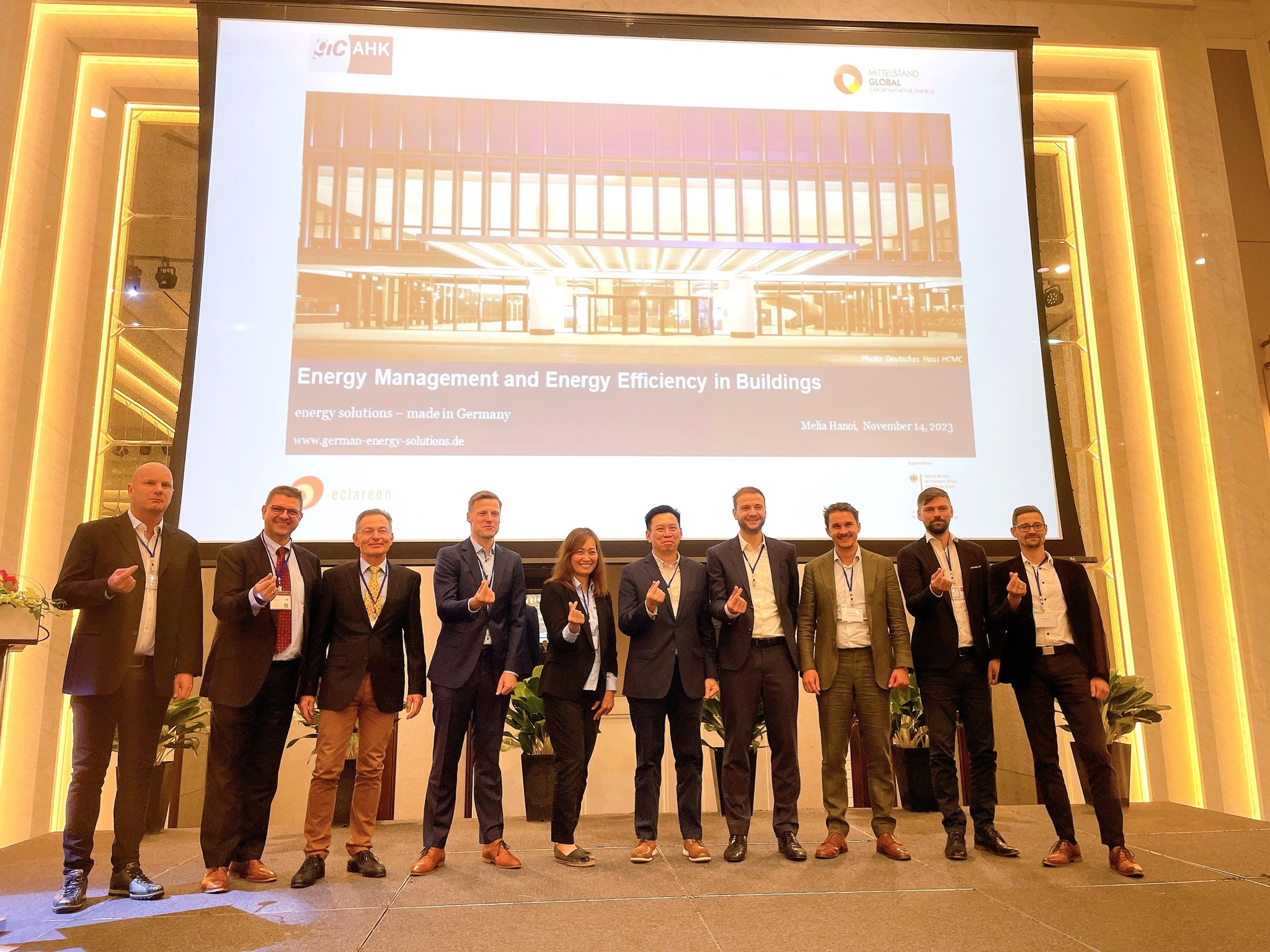Agricultural production combined with the exploitation of solar power (Agricultural photovoltaics -APV) is considered a model that brings benefits to all parties. In Da Lat, this model has brought many positive impacts.
Da Lat, July 13, 2023 – Today, the inauguration ceremony of the pilot project of solar power combined with agriculture (Agri-Photovoltaics) was organized at Da Lat University. Attending were Ms. Pham Thi Nham – Deputy Director of Department of Science and Technology of Lam Dong Province, Mr. Dang Vu Dung – Head of Industry Department, Department of Industry and Trade of Lam Dong Province, Mr. Nguyen Dinh Thien, Deputy of Economic Department of Da Lat City.
On the side of the project implementation council: Dr. Nguyen Tat Thang, Vice-Principal, Dr. Hoang Viet Bach Khoa, Dr. Trinh Thi Tu Anh, Da Lat University; Mr. Yoon Sung, General Director, Kang Jinsuk, Manager, Gwon Yongseung, Head of ENVELOPS Company; You Taiwoo, Director, Kim Eunji Kim, Senior Engineer KLES; Nguyen Duy Linh, Project Portfolio Manager of GIZ; with experts and scientists.
This is the first pilot project deployed in Da Lat, with an installation area of 18m×21m photovoltaic panels and a total investment of nearly 50,000 USD on an area of 625 m2 of corn, potato and artichoke growing area. This agricultural photovoltaics system has an installation capacity of 32.4kW. The advantage of this model is space utilization in agriculture to produce clean electricity. This model has the outstanding advantage of increasing the efficiency of land use, making full use of one land unit for both agricultural development and clean electricity production. Electricity produced from the system is connected to the internal grid and consumed directly by the school’s facilities, in line with the orientation of solar power development in the Power Plan 8.
This pilot project is implemented by a group of partners, including the GIZ Energy Support Programme, Dalat University, ENVELOPS Co. Ltd., HAEZOOM Corp., Korea Leading Engineering System Inc., and the National Institute of Green Technology. Not only stopping at simple local crops such as corn, potatoes, tomatoes, etc., this model will also be further studied to cultivate coffee and high economic value herbs which are typical of the Central Highlands.
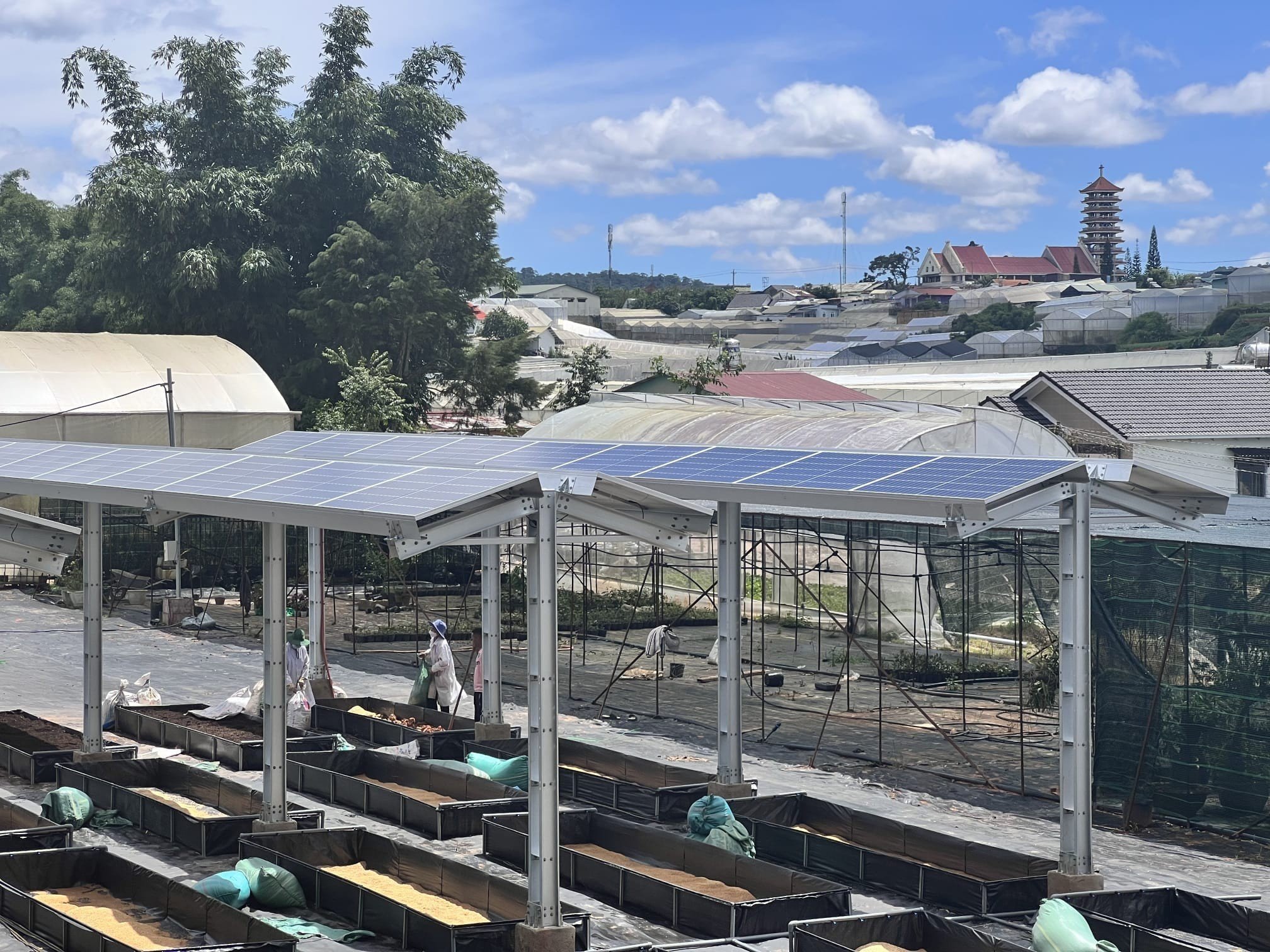
Based on this pilot project, the implementation partners will conduct the necessary studies to deploy solar power combined with the agriculture model on a large scale in Viet Nam. Studies will include research in agronomy, solar power systems, business model building, and policy research.
Dr. Hoang Viet Bach Khoa, lecturer at the Department of Biology, Da Lat University stated that: “Instead of using a separate land area for solar power projects, the integration of photovoltaic panels on agricultural areas will help to use and optimize land more efficiently. Also in Da Lat city, local authorities are promoting the relocation process greenhouses out of the inner city but still maintain the development of high-tech agriculture. We believe that, if this model is replicated in other areas, this will become not only an important contribution to the province’s agricultural sector but also a clean energy solution for the region”.
Sung Yoon, Director of ENVELOPS Company commented: “This is a precondition to help multiplicate the agricultural photovoltaics plants in Da Lat in particular and Lam Dong province in general. This will bring a strategic approach to help reduce carbon emissions and improve climate resilience for the agricultural sector in the region.”
The agri-photovoltaics deployed at Da Lat University is one of the cooperation activities between the GIZ and research and development partners, and investors. The activity aims to promote the implementation of green energy solutions, supports Vietnam in its transition to a sustainable energy system and achieve the goal of bringing global CO2 emissions to zero by 2050.
Nguyen Duy Linh, Project Portfolio Manager at GIZ commented: “The project combining solar power with agriculture is a new idea not only in Viet Nam but also around the world. We believe that this is a model with great potential for Vietnam, a country with a large-scale agricultural industry and increasing demand for electricity to meet the economic growth rate while still ensuring the green growth goals. On the other hand, this model also contributes to protecting crops under photovoltaic panels from heavy rain, hail, prolonged heat, reducing evaporation, weather phenomena that appear more and more frequently in the context of climate change. The pilot plant at Da Lat University together with research results are expected to demonstrate the potential of APV in the Vietnamese context and contribute to building appropriate business models.”
Potential development of APV model in Vietnam
Approximately 40% land area in Viet Nam, equivalent to about 12 million hectares, is currently deployed for agricultural and fishery production. A part of this area is used for the cultivation of crops that are shade-tolerant or can benefit from additional shading. According to calculations from researchers in the European Union (EU) and the US, the potential capacity of existing photovoltaic technology for agricultural land can reach about 1.5-2 ha/MW. Thus, with current technology, if only applying the model of solar power combined with agriculture on 1% of Vietnam’s agricultural land area, about 60-80 GW of solar power can be installed, from which addresses the pressure of site clearance and land acquisition for new power projects while maintaining or increasing agricultural production.
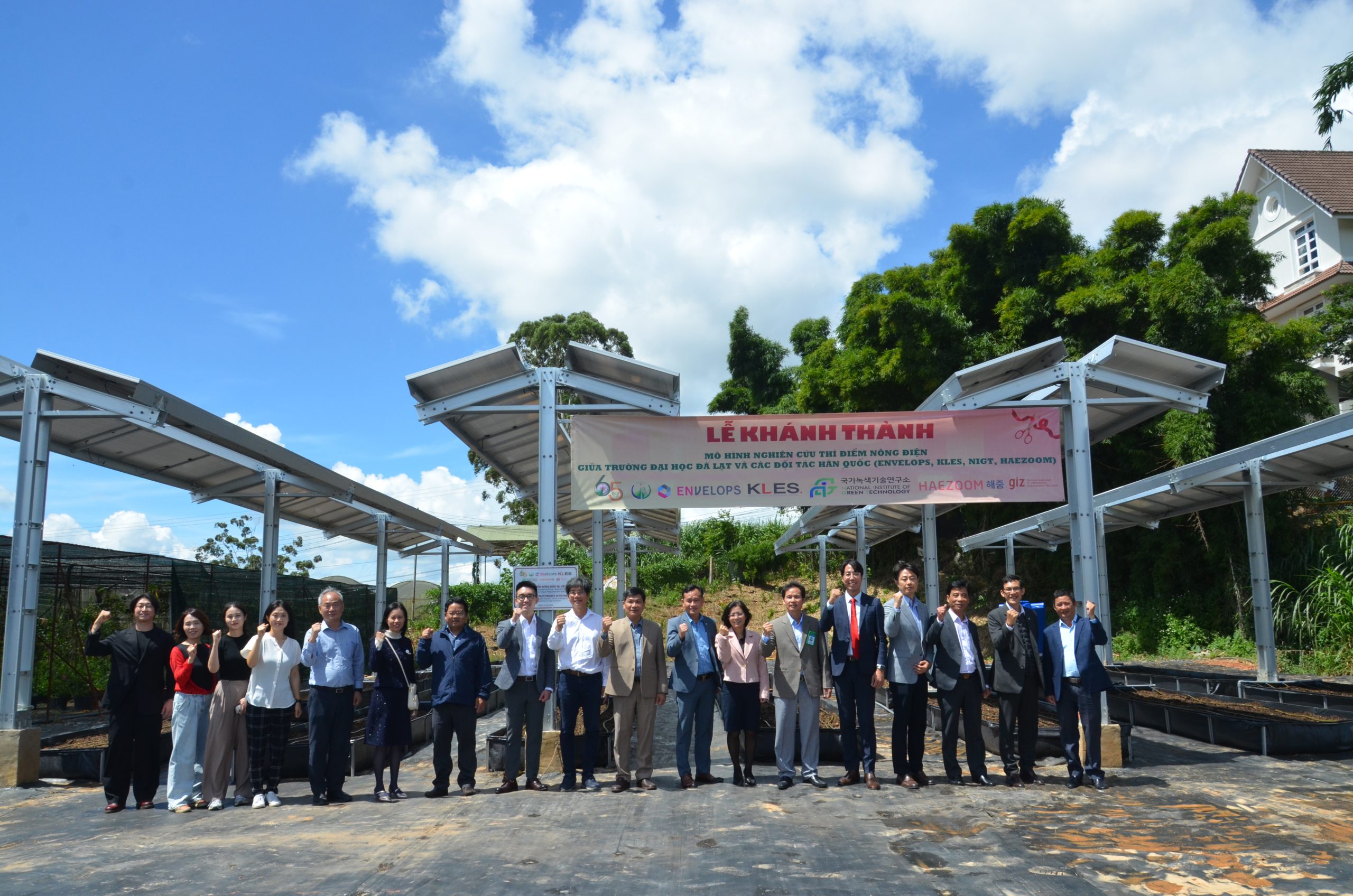
Agri-photovoltaics allows for high-tech agricultural production that utilises a large amount of energy, resulting in high-quality products and a significant increase in export value. In addition, the integration of renewable energy in production would help producers gain an advantage in obtaining sustainable, or zero-emission agricultural certifications such as carbon credits. These certificates will be very useful when exporting to strategic markets including Europe, Japan, and North America. Clean energy usage will also help Viet Nam meet environmental protection and low-emission requirements of international free trade agreements such as the EVFTA (EU-Vietnam Free Trade Agreement) and the CPTPP (Comprehensive and Progressive Agreement for Trans-Pacific Partnership), especially when taking into account the imminent EU Carbon tax on imported goods. On a global scale, carbon taxes are likely to be increasingly imposed on exports. Therefore, agri-photovoltaics would be a part of the solution to provide clean energy for Viet Nam’s agricultural industry.
Agri-photovoltaics is a feasible solution to reduce pressure and increase the stability of the distribution and transmission grid. This is a decentralized energy production model and is mainly suitable for rural areas. By producing electricity close to the area of consumption, this model reduces the load and improves the efficiency of the grid system.



